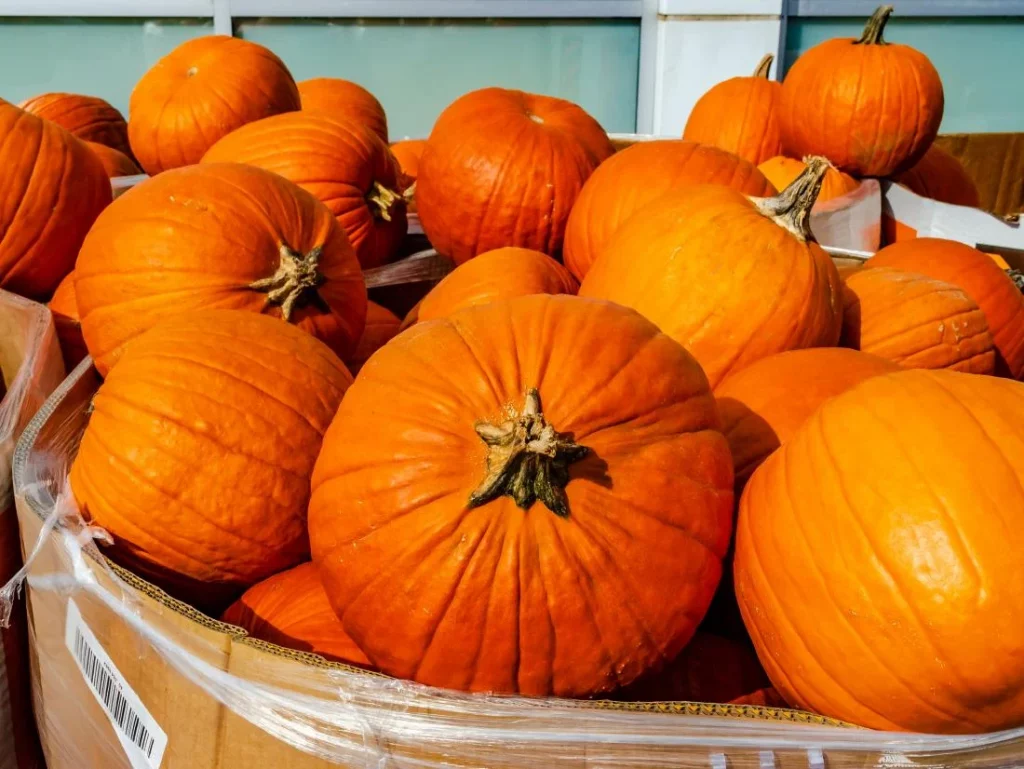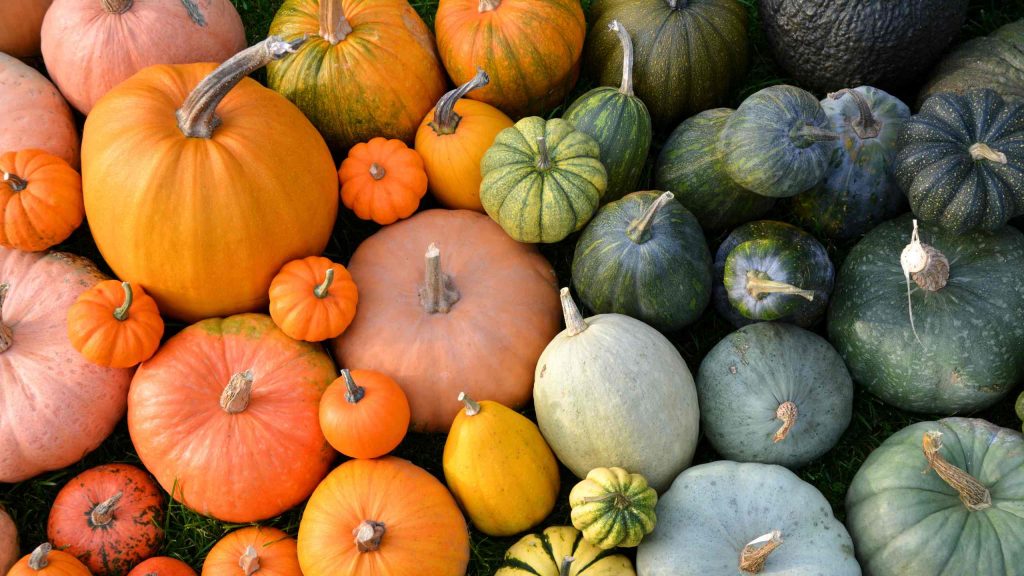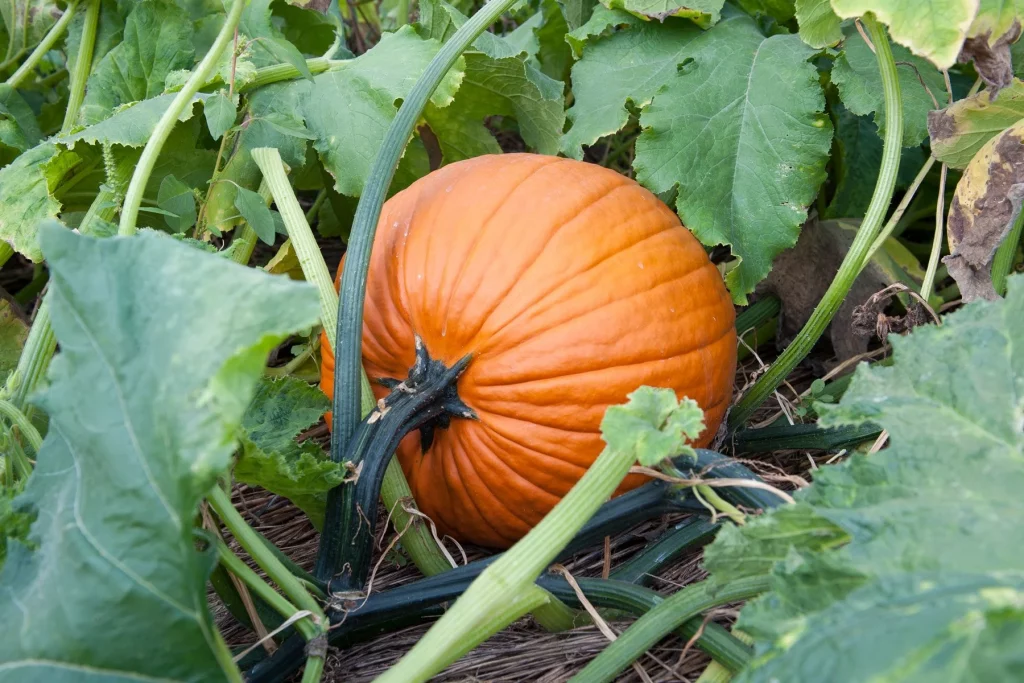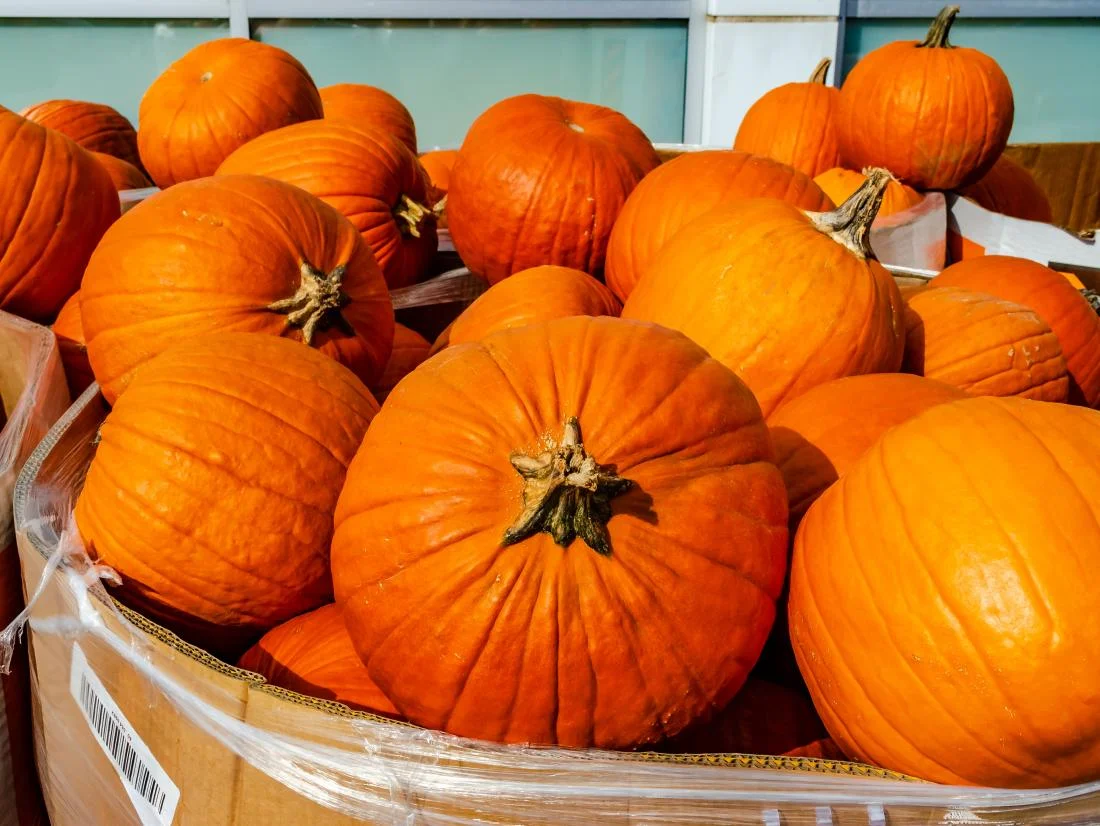Pumpkins represent one of the most rewarding crops for both commercial farmers and home gardeners, with global production reaching 53.3 million tonnes annually and China leading with 8.4 million metric tons produced each year. Whether you’re aiming for Halloween decorations, nutritious food crops, or premium pumpkin seeds, understanding proper cultivation techniques is essential for maximizing yield and quality.

Global Pumpkin Production: Market Overview and Opportunities
Leading Producers and Market Trends
The fresh pumpkin market is valued at $1.64 billion in 2025 and projected to grow at a 2.80% CAGR to reach $1.89 billion by 2030. China dominates global production with 37% market share, followed by India (13%), Russia (8%), and Ukraine (5%).currentaffairs.adda247+1
Asia-Pacific region leads both production and consumption, accounting for 42% of global market share. The region benefits from favorable climatic conditions, multiple harvests per year, and traditional culinary uses. India exported 14,768 metric tons in 2023, up from 11,026 metric tons in 2022, primarily to Canada, UK, Germany, France, and Netherlands.
Pumpkin seed markets show exceptional growth, valued at $956.71 million in 2024 and expected to grow at 13.4% CAGR through 2030. China produces over 400,000 tons of pumpkin seeds annually, representing a 20% increase from previous years and 40% growth compared to 2023.

Soil Preparation: Foundation for Pumpkin Success
Optimal Soil Conditions
Pumpkins thrive in fertile, well-drained loam or sandy loam soils with pH levels between 6.0 to 6.8. They require deep soils (minimum 1 meter) with high organic matter content to support extensive root systems that can spread 25 feet horizontally with tap roots extending 5 feet deep.
Soil temperature is critical for germination success. Seeds should not be planted until soil temperature reaches 15°C (59°F) at 3-inch depth to prevent corn-maggot injury and ensure optimal germination rates.

Pre-Planting Soil Enhancement
Heavy feeders by nature, pumpkins demand nutrient-rich soil preparation. The optimal soil amendment recipe includes:
- 3-4 pounds of 10-10-10 fertilizer per 100 square feet
- 2-3 cubic yards of compost mixed into a 30×30 foot area
- Well-rotted farmyard manure incorporated 6-12 inches deep
- Organic matter additions like leaf mold or composted steer manure
For clay soils, add sand and organic matter to improve drainage. For sandy soils, increase organic matter to enhance water retention. Create raised mounds 3 feet wide to improve drainage and soil warming.
Planting Strategies and Spacing Requirements
Timing and Seed Starting
Indoor seed starting begins in April-May, 3-4 weeks before transplanting outdoors. Soak seeds overnight to speed germination, then plant on their sides (not flat) in 8cm pots to prevent water accumulation and rotting.
Direct seeding occurs after soil temperature reaches 15°C and frost danger passes. In most regions, this translates to late May through early July for fall harvest. Pumpkins require 100-120 days to reach maturity.

Optimal Plant Spacing
Proper spacing prevents overcrowding and reduces disease pressure:
- Full-size varieties: 5 feet apart
- Mini pumpkins: 2-3 feet apart
- Bush types: 90cm (3 feet) minimum
- Vine types: Allow 10-15 feet for spreading
Plant 2-3 seeds per hill, later thinning to the strongest seedling. Hills should be spaced minimum 2 meters apart for optimal growth.
Comprehensive Pest and Disease Management
Major Disease Challenges
Powdery mildew represents the most significant disease threat, thriving in hot, humid conditions. Look for white, round spots (half-dime size) on leaf undersides, typically appearing mid-July through August.
Prevention strategies include:
- Weekly scouting of 50 older leaves per field
- Early morning watering to allow leaf drying
- Drip irrigation to avoid wetting foliage
- Resistant variety selection when available
Key diseases requiring management:
- Plectosporium blight: Rotate Cabrio or Flint with chlorothalonil
- Downy mildew: Monitor national occurrence maps and apply targeted fungicides
- Bacterial wilt: Evident by wilting, browning leaves that may recover at day’s end
- Black rot: Often follows powdery mildew damage
Integrated Pest Management
Cucumber beetles pose the greatest insect threat, transmitting bacterial wilt disease. Treatment threshold is 1 beetle per plant until plants develop 5 true leaves.
Common pest management targets:
- Striped/spotted cucumber beetles: Use neem or pyrethrum at dusk
- Squash bugs: Control early or devastation can occur
- Squash vine borers: Monitor and treat preventively
- Aphids: Avoid overspraying to preserve natural predators
Advanced Growing Techniques
Training and Pruning Methods
Vine management significantly impacts yield and fruit quality. Pinch main stems at 2 feet to encourage lateral branching and heavier yields. For larger individual fruits, remove all female flowers for the first 3 weeks, then limit to 3-4 fruits per vine.
Vertical growing saves space in smaller gardens. Train vines up strong fences, trellises, or trees using proper support systems. This method requires container growing with large pots for adequate root space.

Pollination Enhancement
Pumpkins produce separate male and female flowers, with male flowers appearing first. In cold or wet summers, hand pollination may be necessary. Remove a male flower and insert it into a female flower to transfer pollen from stamen to stigma.
Female flowers are identifiable by the small swelling (immature fruit) at the flower base. Ensure adequate bee activity during flowering by avoiding pesticide applications during bloom periods.
Harvesting and Post-Harvest Management
Determining Harvest Readiness
Pumpkins are ready when the stem begins to crack and skin hardens. Other indicators include:
- Full color development for the variety
- Hard rind that resists fingernail pressure
- Withered vine connections to the fruit
- Hollow sound when tapped
Harvest before first frost in October-November, cutting to retain as long a stem as possible (2-4 inches). This prevents rot organisms from entering through the stem end.
Proper Storage Techniques
Curing process: Place pumpkins in sun for 10 days before storage to toughen skin and prevent moisture loss. Cover during frosty nights to prevent damage.gardenersworld
Storage conditions:
- Cool, dry, well-ventilated location
- 50-55°F (10-13°C) optimal temperature
- 50-70% relative humidity
- Avoid touching between fruits to prevent disease spreadgardenersworld
Properly stored pumpkins keep 4-6 months depending on variety and storage conditions.gardenersworld
Nutritional Value and Health Benefits
Exceptional Nutrient Density
Fresh pumpkin provides impressive nutritional value with minimal calories. One cup of cooked pumpkin (245g) contains:
- Calories: 49
- Fiber: 3 grams
- Vitamin A: 78% RDI
- Potassium: 12% RDI
- Vitamin C: 13% RDI
- Copper: 25% RDIhealthline
Beta-carotene content makes pumpkin one of the richest sources of vitamin A precursors, supporting eye health and immune functio.
Pumpkin Seeds: Nutritional Powerhouses
Pumpkin seeds (pepitas) offer concentrated nutrition:
- Protein: 4 grams per ounce
- Healthy fats: 7 grams per ounce
- Magnesium: 20% DV per ounce
- Zinc: 10% DV per ouncehealthline
Seeds provide tryptophan, delta-7-sterols, and polyunsaturated fatty acids with anti-inflammatory and cardiovascular benefits.pmc.ncbi.nlm.nih
Seed Production and Processing
Commercial Seed Harvesting
Specialized equipment enables efficient seed extraction for commercial operations. Pumpkin harvesters use toothed cylindrical drums with 20cm metal teeth that pierce and rotate fruits. Seeds separate from pulp using:mondomacchina
- Rotating screened drums with 2-2.5cm openings
- Suction airflow systems to separate lighter seeds
- Storage hoppers with auger discharge systemsmondomacchina
Home Seed Processing
For home gardeners, seed extraction follows simple steps:
- Cut pumpkins in half around the girth
- Remove seeds by hand into a bowl
- Soak in water 1-3 days to remove pulp
- Rinse repeatedly until clean
- Dry on screens in sun or dehydrator
Proper drying ensures 6-12 month storage life for eating or planting purposes.gardenerspath
Future Market Trends and Opportunities
Emerging Market Segments
Organic pumpkin production shows strong growth potential, with consumers willing to pay premiums for certified organic produce. Specialty varieties including hull-less seed types command higher prices in niche markets.
Processing applications continue expanding beyond traditional uses. Pumpkin purees, powders, and extracts find applications in:
- Functional foods and beverages
- Cosmetic ingredients for skin care
- Pet food formulations
- Industrial applications for bio-based materials
Technology Integration
Precision agriculture techniques improve pumpkin production efficiency:
- GPS-guided planting for optimal spacing
- Drone scouting for disease and pest monitoring
- Variable rate fertilization based on soil testing
- Weather monitoring systems for irrigation timing
Conclusion: Growing Pumpkins for Success
Successful pumpkin cultivation combines proper soil preparation, strategic variety selection, integrated pest management, and optimal harvesting techniques. With global markets showing steady growth and increasing consumer interest in both decorative and nutritional applications, pumpkins offer excellent opportunities for both commercial and home producers.
Key success factors include starting with fertile, well-drained soil, maintaining consistent moisture without waterlogging, implementing proactive disease management, and timing harvest for optimal storage life. Whether targeting the $1.64 billion fresh market or the rapidly growing $956 million seed market, proper cultivation techniques ensure maximum yields and quality.
By following these comprehensive guidelines and staying informed about market trends and consumer preferences, pumpkin growers can capitalize on this versatile crop’s continued popularity while contributing to sustainable agricultural practices and food security goals.
About us
Try it for yourself. Freshdi.com
Global Agri B2B Marketplace.


